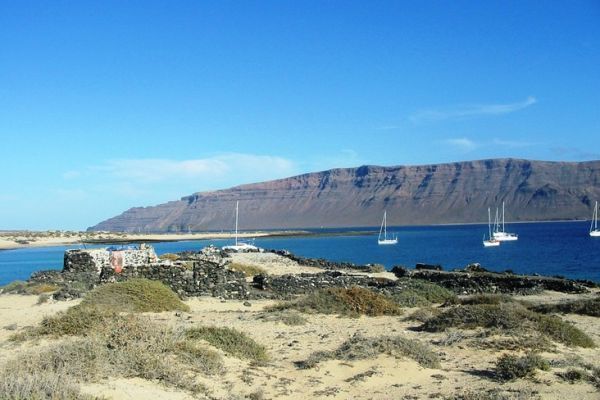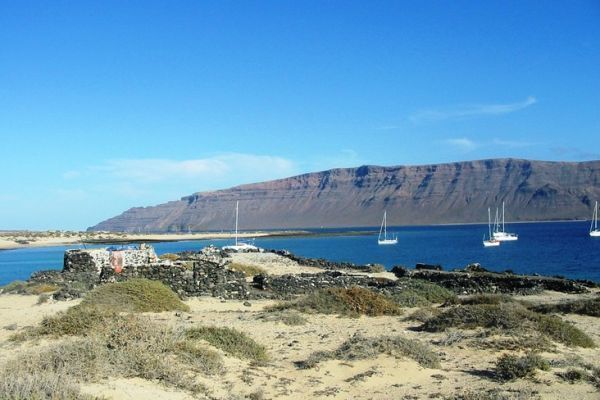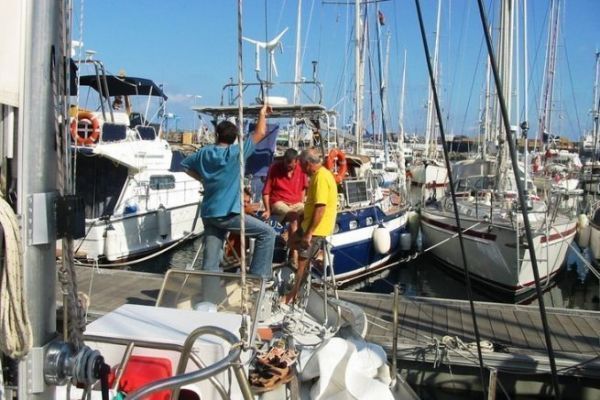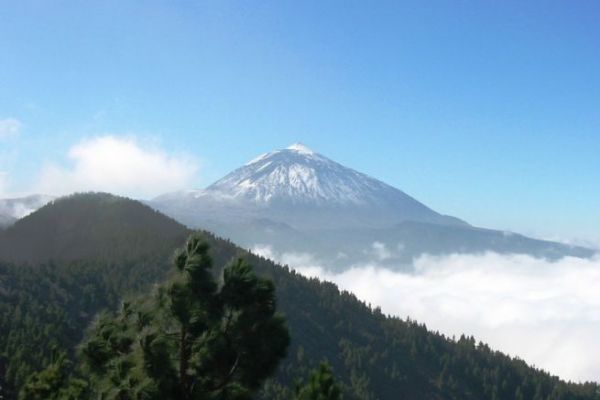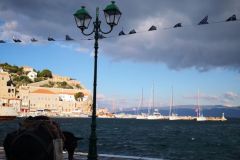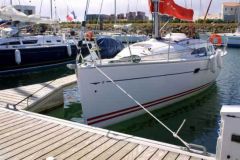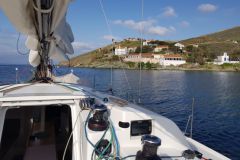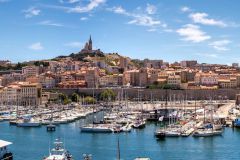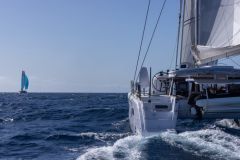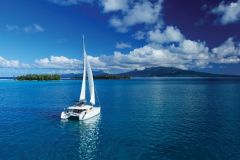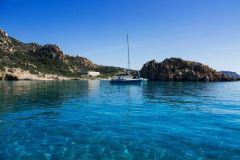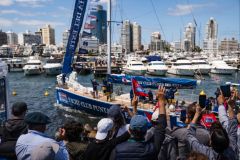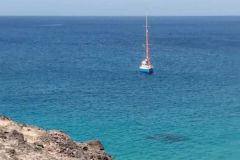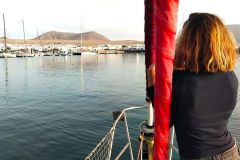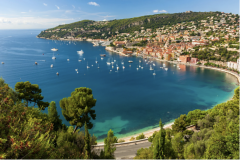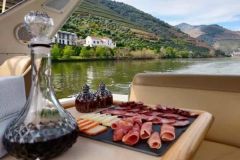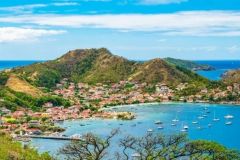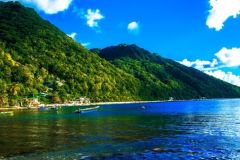Pleasant sailing conditions almost all year round!
The Canary Islands enjoy a climate that is favorable for sailing in all seasons. The Azores high pressure system is the main culprit, as its position favors the existence of a healthy northeast trade wind. However, we can still suffer the unleashing of some lows that do not respect the rule...
The ideal starting point for a transatlantic trip
If the Canary Islands are known to sailors as the ideal point to prepare a transatlantic race, it is also a great cruising spot, where it is delicious to wander around for several weeks without ever getting bored. About forty welcoming marinas are home to a number of well-stocked professionals and merchants. Here you will find solutions to all your nautical problems, past or future. The best time to start sailing is from October to February, which leaves a good flexibility for the choice of date.
La Graciosa, a well-deserved poetic name
Small territory of 8 kilometers long, La Graciosa has less than 1000 inhabitants and no paved road. Of volcanic origin, this wild paradise can only be reached by sea. Arriving from Agadir, we anchored in the bay of Bahia del Salado, in front of an enchanting landscape. Turquoise waters, white sandy beaches and dazzling white houses combine their hypnotic effects on a backdrop of arid mountains.
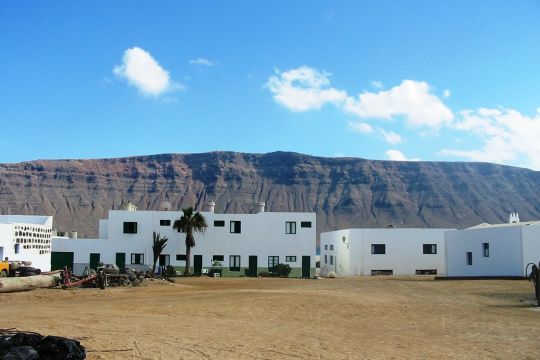
Caleta de Sebo, delicious haven for the few local fishermen
The boats pull peacefully on their mooring chains.
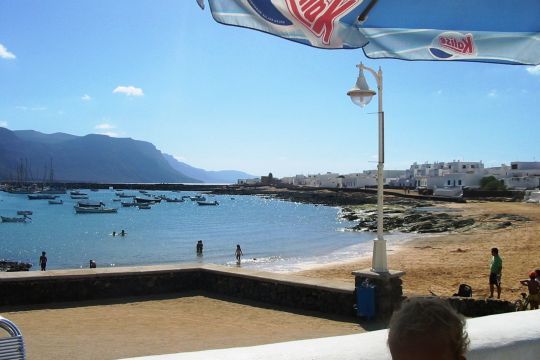
Tar is unknown in Graciosa. All the streets of the village are made of sand.
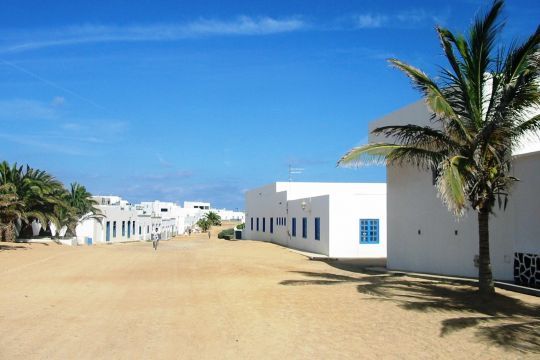
Beautiful walks or bike rides allow you to savor the peace and serenity of this heavenly stopover. It is also here that the first friendships with certain crews of sailors are made, which are often found throughout the rest of the trip.
A short crossing to Arrecife on the island of Lanzarote
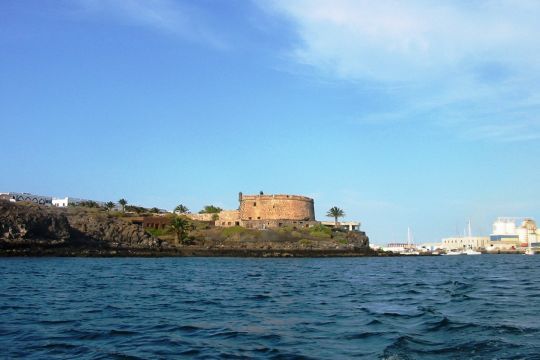
Much larger than its modest neighbor, Lanzarote offers a real festival of volcanic curiosities. The natural park of Timanfaya offers spectacular visions of these mineral works of art, with rough ochres and flaming oranges that seem to have come straight out of a science fiction movie. Near the charming Castillo San José, the Charco de San Gines basin is home to a few fishing boats.
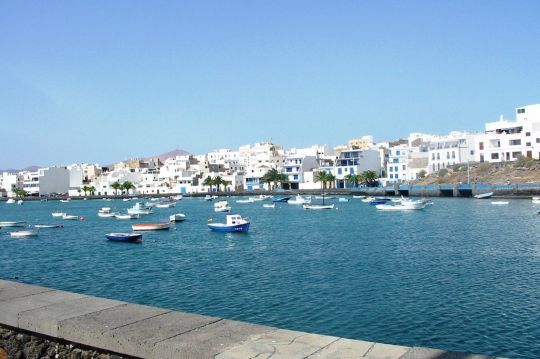
But it is in the bowels of this particular architecture that lies one of the outstanding originalities of Lanzarote. Originally, the molten lava dug natural "guts" that a brilliant local artist, Cesar Menrique, knew how to emphasize.
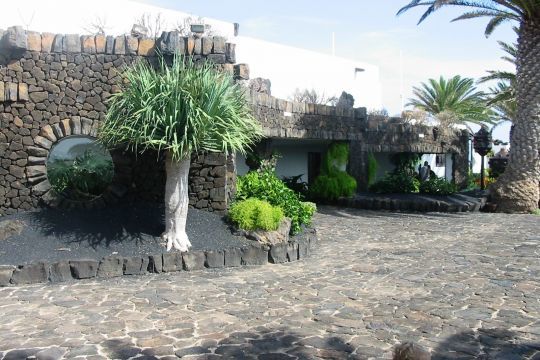
Thus, the fairy-tale spaces "Jameos del Agua" harmoniously blend contemporary works with the innate charm of the site itself.
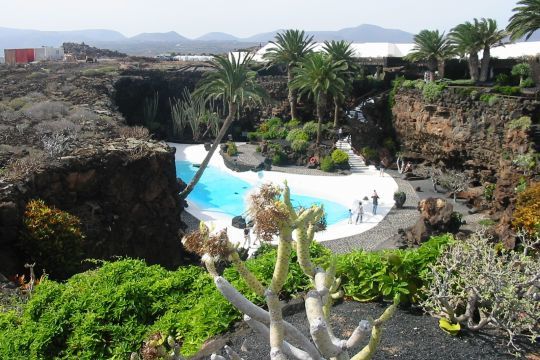
Soft music and light effects complete the unreal and magical aspect of these fascinating caves.
The lunar landscape, arid and austere, has some surprises that it would be a shame to miss. For example, the strange black stone walls of La Geria, developed by skilful winemakers to capture the ambient humidity. As a result, from a rather ungrateful soil, they produce an original wine that does not leave indifferent.
Scale model regattas
Sunday afternoon, it's a model boat regatta! The members of this club of dry-foot sailors are wise. All their boats are identical, rigged as a cutter with a boom sail. To avoid one-upmanship, the radio controls have only 2 channels. This means that the "helmsmen" can only act on the direction of their boats. They are therefore forced, before each race, to find a mean setting which allows them to sail upwind on the upwind leg, but also to sail downwind on the downwind leg without shocking the sheets! Not very purist, but very original.
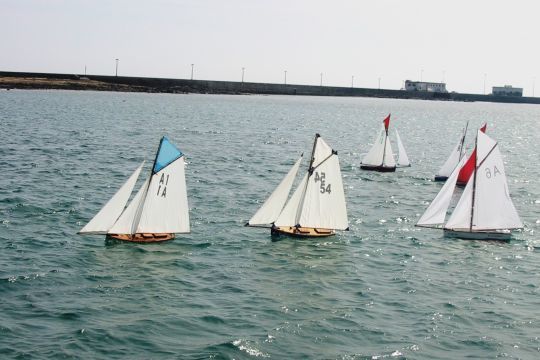
In conclusion, do not consider Lanzarote as a simple rest stop. You must visit it, because it deserves it.

 /
/ 